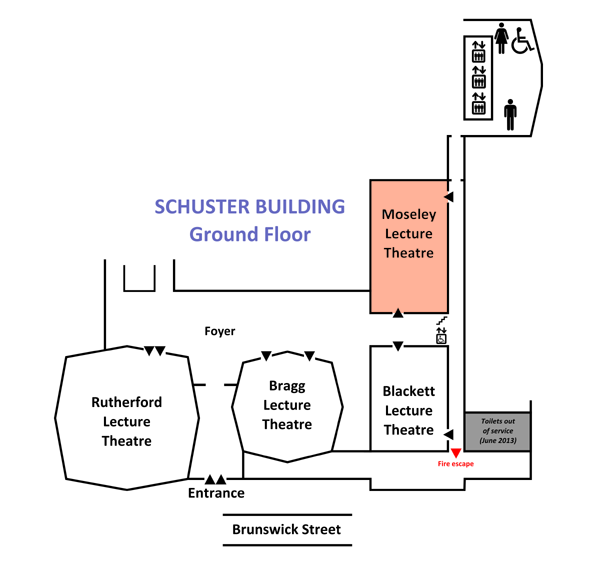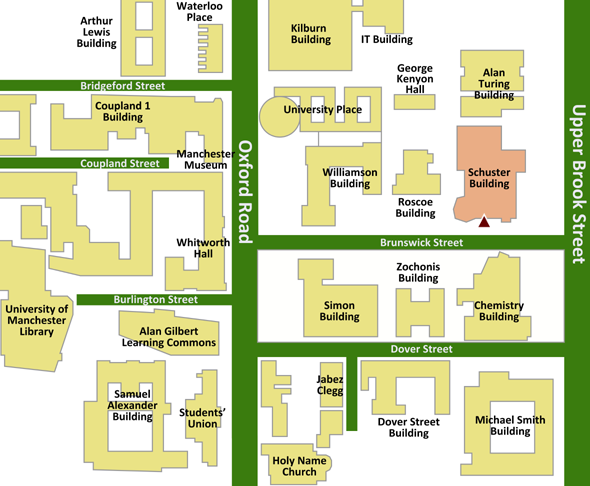
|
iCHSTM 2013 Programme • Version 5.3.6, 27 July 2013 • ONLINE (includes late changes)
Index | Paper sessions timetable | Lunch and evening timetable | Main site |

|
iCHSTM 2013 Programme • Version 5.3.6, 27 July 2013 • ONLINE (includes late changes)
Index | Paper sessions timetable | Lunch and evening timetable | Main site |
The discourse in the history of science, which occurred in the last 30 years, has revealed the “classical” definition of an experiment as a method of hypothesis or theory verifying inadequate to describe its actual role in the forming of knowledge. Hagner and Rheinberger characterized the shift in understanding as “the change from theory-first views to what could be called the primacy-of-practice view on science”. Knorr Cetina mentions, that whereas the traditional concepts of the knowledge society define knowledge as a scientific content, the modern approach should focus on the mechanisms of practicing, gaining and sharing knowledge within the defined social or professional environment. The “experiment” in this context implies not a definite testing action, but rather a flexible system of interdependent actors, objects and instruments. This extended definition seems to be especially relevant for praxis-related disciplines, as the one of building.
The symposium aims to discuss the nature of experiments in the construction sector applying the extended definition of the history of science. (Explicit) building knowledge grew rapidly in the second half of the 19th century. The role of experiments within this process has rarely and mostly unsatisfactory been analysed. The proposed section discusses the types of experiments in a broad focus, covering the field of building from the newly established materials and novel structural types to the construction sites themselves and within the context of technological, industrial and social development. The paper of Ekaterina Nozhova analyses the development stages of a new structural type and the experiment as investigative research strategy. The paper of Knut Stegmann describes the experiments with concrete in the context of industry and education and analyses the popularization of new knowledge. The paper of Christoph Rauhut focuses on the construction site of the nineteenth century as a changing space for experiments, mirroring different kinds of knowledge exchange.

